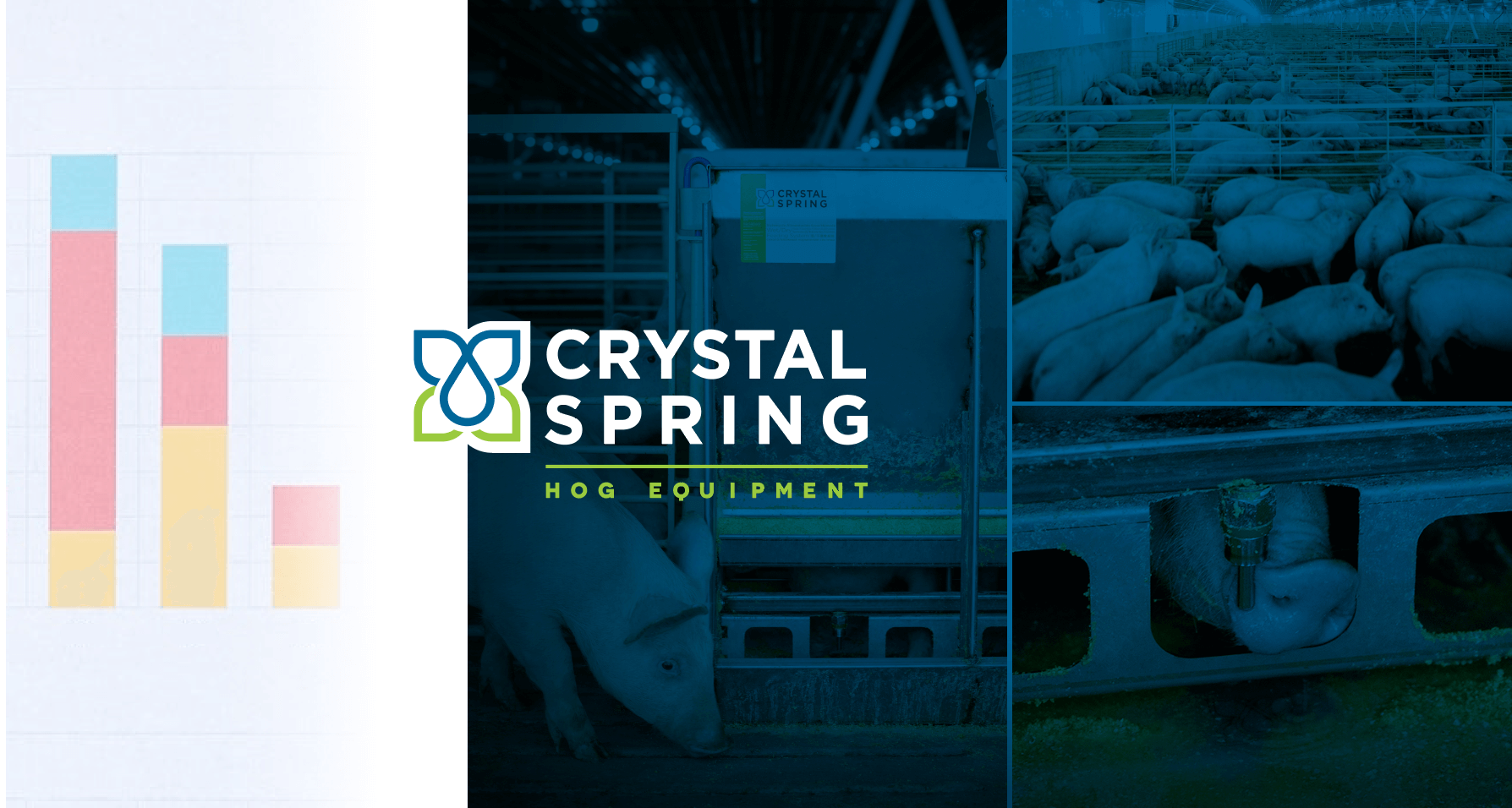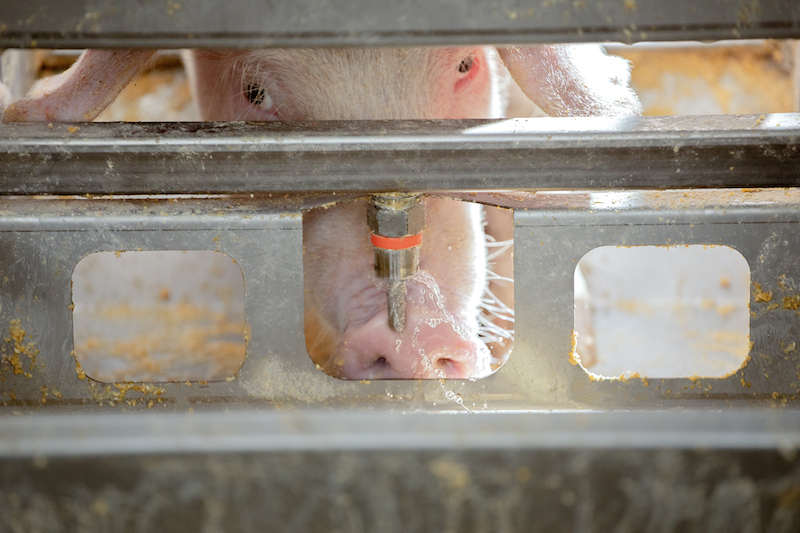

At the recent United Nations COP26 conference on climate change, more than 130 global leaders committed to reducing carbon emissions in an effort to curb global warming. It was another reminder that the livestock industry, including pork, is not exempt from conversations about carbon emission. A combination of regulation, consumer demand, and overall market trend is pushing our industry to deal with sustainability. Fortunately, solutions already exist in our industry to help us improve sustainability and reduce carbon emissions.

A few months ago, I received a call from a good friend that prompted us to take a deeper look at the sustainability side of Crystal Spring Wet/Dry feeders. We had plenty of research that proves the production advantages of our feeders (reducing feed and water waste, etc.)… but how do those advantages impact sustainability? That phone call, combined with studies from the Observatorio Porcino (Grupo de Gestión Porcina) and The University of Lleida in Spain, helped us understand the effect our wet/dry feeders have on carbon emissions.
Water is a valuable resource world-wide and studies show that wet/dry feeders reduce water disappearance by 35-50% compared to traditional dry feeders. That significant reduction in water waste means significantly less liquids in the manure, which makes the manure easier to manage. In addition, studies show that Crystal Spring Wet/Dry feeders improve feed efficiency (2-3.5%) compared to traditional feeding methods and increase Average Daily Gain (3.5-5.4%) resulting in reaching market weights up five days sooner.
So what do these performance improvements have to do with carbon emissions?
The United Nations, in its Global Livestock Environmental Assessment Model (GLEAM), defines carbon emission rates for each livestock supply chain per kilogram of meat produced. It also assesses the carbon emissions that result from four main livestock processes: enteric fermentation, manure management, feed production, and energy consumption. While pork production does not have as high emissions intensity as other livestock production (including beef, dairy, and sheep/goats), they still report that there is potential for emission mitigation across all livestock supply chains. Their goal is to reduce it by around 33% and pork production is included in that reduction plan.
According to the studies done by Overvatorio Porcino and the University of Lleida, feed impacts 45% of the overall emissions in pork production. This means that when you take into account the performance improvements and the significant reduction in water wastage provided by our feeders, a 9-10% reduction in carbon emissions per kg of pig produced is achievable if the pigs are fed on Crystal Spring Wet/Dry feeders.
To us, this reduction is very significant. We want to do more studies to prove this out while also looking for more opportunities to improve production performance and positively impact sustainability. We believe that all of us in the pork industry, as well as the rest of animal agriculture, need to proactively create ways to become more sustainable and make certain we have a place at the table in global discussions about carbon emissions and climate change.
Want to know more about how our wet/dry feeders can help you improve performance and reduce carbon emissions? Contact our team at info@cshe.com, WhatsApp/Phone +1 (402) 227-8228 or visit our website at www.crystalspring.com to find your local authorized dealer or get detailed information about our product line.






